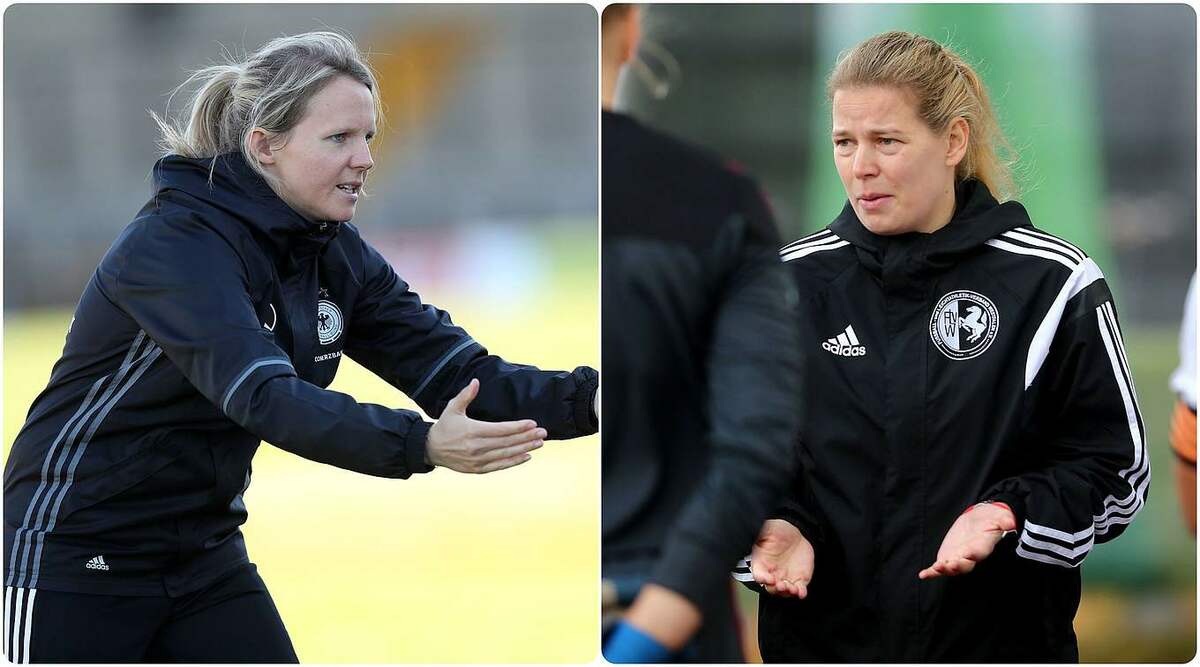“Quite a few people have had their cars sideswiped … and there are tyre marks on the footpath from people turning too quickly,” Mackinnon said. “[They’re often driving] too fast for narrow streets and too fast for when they’re legally required to give way to a pedestrian crossing.”
- Advertisement -
Mackinnon, a member of the Yarra Boulevard Action Group, said there should be no right turn permitted onto the boulevard at peak-hour and suburban streets should have a 40km/h speed limit.
New 30km/h speed limit signs in the City of Yarra.Credit: Jason South
Daniel Freer, director of places and spaces at Boroondara Council, which manages local roads in Kew, said measures such as road humps, a roundabout and blocked turning had been implemented to reduce traffic levels in the area.
- Advertisement -
He said the council notified Google when the new road restrictions weren’t being picked up – but did not go as far to say that it requested the omission of certain routes.
RMIT urban planner and lecturer Liam Davies said research on the influence of GPS apps on our roads was limited but “anyone who uses Google Maps knows this is happening”.
Davies said local and state authorities could discourage rat-running by funding measures such as signage instructing drivers to use main roads, introducing road closures, lowering limits and narrowing residential streets to deter speeding.
- Advertisement -
“We’ve been increasingly reliant on technology to help us with way-finding through the city … and the downside is these algorithms take the quickest path, so Google Maps uses live data to direct people down residential streets because it knows it can avoid an intersection and save a minute, and I don’t think that equation is worth the amenity decrease for liveable neighbourhoods.”
“[Tech companies] should consider how their algorithms affect the livability of communities and stop the prioritisation of residential streets above arterial roads where there is an overall small time-saving.”
Merri-bek Council Mayor Adam Pulford said navigation apps were making neighbourhoods more dangerous.
- Advertisement -
“It would help make our streets safer if map apps were unable to, or refused to, direct cars to rat-run down local roads,” he said.
- Advertisement -
“However, in some ways the genie is already out of the bottle, as many people will know their local shortcuts after being initially shown by the apps.
“With this in mind, we can’t rely on behaviour change alone to make our streets safer, we need to physically change some of our roads.”
The City of Yarra on Wednesday announced it was capping speed limit down to 30km/h on almost all streets in Fitzroy and Collingwood after a five-year trial found a 51 per cent drop in crashes.
Pulford said Merri-bek Council, where 40km/h was being widely rolled out, was expected to have 30km/h limits in future but urged the state government to remove barriers to hasten the process. The default urban speed limit in Victoria is 50km/h, and 30km/h zones can only be implemented in trials.

Approval processes need to speed up, especially for smaller-scale projects in established areas, lawyers and developers say.Credit: Josh Robenstone
Streets Alive Darebin member Dr Molly Hoak lives on Newcastle Road in Thornbury and said motorists often dashed past her home to avoid Bell and High streets.
“It makes the street feel less safe. We have a toddler and we’re really nervous about him playing in the front garden … and we have elderly neighbours who don’t go on walks often because the traffic moves so fast,” she said. “The noise is also an issue.”
Hoak said part of the problem was that the more navigation apps identified a route was used, the more likely it was to be suggested again.
Loading
A Darebin Council spokeswoman said that among its rat-running prevention measures, a pop-up park along James Street, Preston, was made permanent in 2022 and speed limits were progressively being reduced to 40km/h.
She said the council had requested Google update its maps to reflect road closures or one-way routes. “It took some time but Google made the requested changes,” she said.
Councils can be forced to spend significant funds to stop rat-running. Moonee Valley Council mayor Pierce Tyson said about $50,000 was spent on works to Kent Street, Ascot Vale, in 2021 to address traffic concerns.
Two of the most popular navigation apps, Google Maps and Waze, are owned by Google.
A Google spokeswoman said the company’s routes were based on many factors, including street designations from official authorities. “When changes are made to restrict certain roads, we update our directions accordingly,” she said.
A Department of Transport and Planning spokesman said it worked with navigation app companies and provided feedback where there were concerns about congestion on a particular route.
The spokesman also said a major review of the city’s traffic signals on arterial roads was under way to improve traffic flow.
Get the day’s breaking news, entertainment ideas and a long read to enjoy. Sign up to receive our Evening Edition newsletter.





